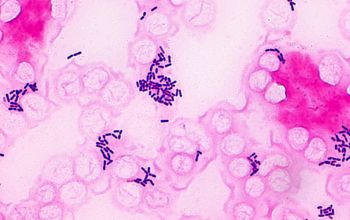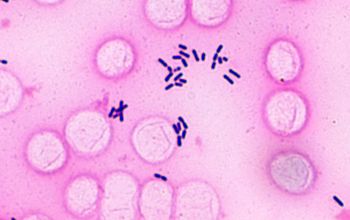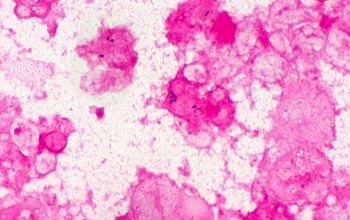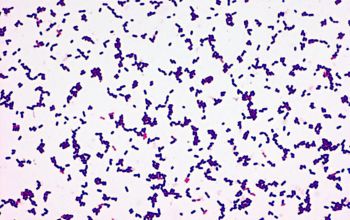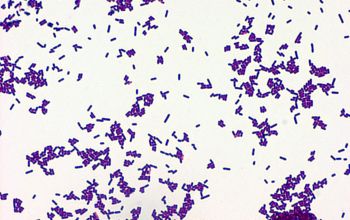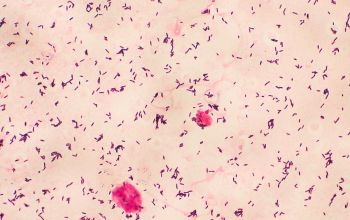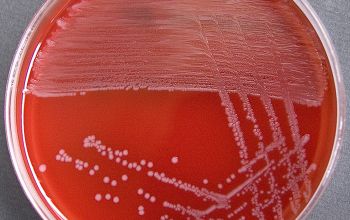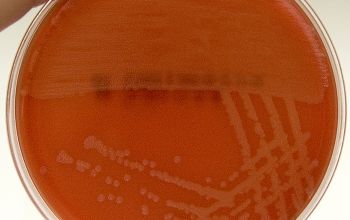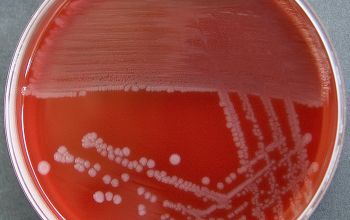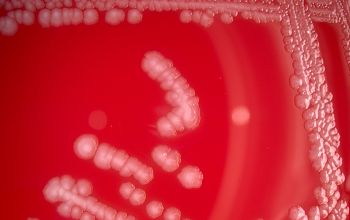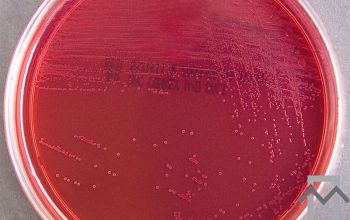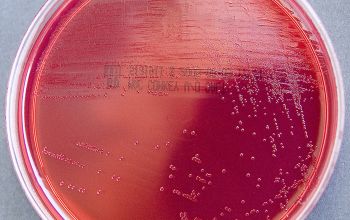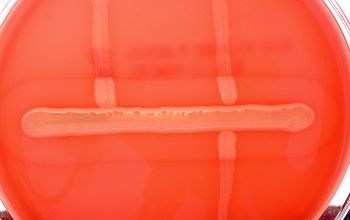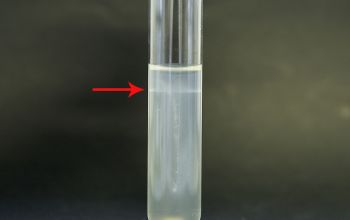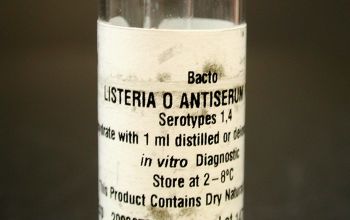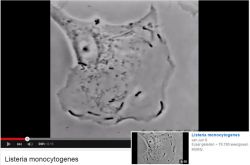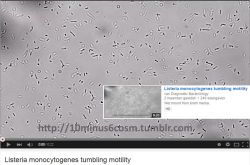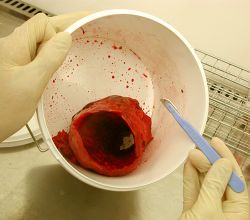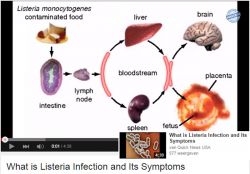YOUTUBE_Listeria
Listeria in macrophaag
https://www.youtube.com/watch?v=sF4BeU60yT8
Listeria monocytogenes
-
General information
the following information is not yet verified
Is the bacterium that causes the infection listeriosis
It can grow and reproduce in the host’s cells and is one of the most virulent food-borne pathogens.
Taxonomy
Family: Listeriaceae
Of the seven species within the genus Listeria, only L. monocytogenes and L. ivanovii are pathogenic.
Natural habitats
They are widely distributed in the environment
They have been isolated from soil, decaying vegetables, sewage, water, animal feed, fresh and frozen poultry, raw milk, cheese and slaughter house waste.
Because of its widespread occurrence, L. monocytogenes has many opportunities to enter food productions and processing environments and, because of its ability to grow at 4oC, to cause human disease in persons ingesting colonized food.
Clinical significance
They cause the disease listeriosis, a serious infection caused by eating food contaminated with the bacteria.
The disease affects primarily pregnant women, the bacteria is able to cross the placenta, and infect the fetus, which may result in spontaneous abortion or stillbirth, newborns, and adults with weakened immune systems
Listeriosis is a serious disease for humans.
The two main clinical manifestations are sepsis and meningitis.
Meningitis is often complicated by encephalitis, a pathology that is unusual for bacterial infections
-
Diseases
-
Gram stain
the following information is not yet verified
Regular, short gram positive rods,
0.4-0.5 x 0.5-2.0 µm,
that occur singly or in short chains, they can also reproduce in the cell (intracellular)
Filaments of 6-20 µm, may occur in older or rough cultures.
L. monocytogenes may be confused with members of the coryneform rods (especially in direct slides from blood cultures), since the cells may be arranged in V forms or palisades.
-
Culture characteristics
-
the following information is not yet verified
Facultative anaerobic
5% CO2 stimulates growth
BA: colonies are small, smooth, white-grey and produce a narrow zone of hemolysis that frequently do not extend much beyond the edges of the colonies, whereas L.ivanovii exhibits a wide zone of hemolysis.
McConkey: growth
BBAØ: growth
motility
28oC ►motile 1-5 peritrichous flagella
37oC ►less to no motility
liquid medium ►"tumbling motility" when viewed with light microscopy
solid medium ► "umbrella" growth
Although L. monocytogenes is actively motile by means of peritrichous flagella at room temperature (20−25 °C), the organism does not synthesize flagella at body temperatures (37 °C)
SEE:TEST_MOTILITY LISTERIA MONOCYTOGENES
CAMP-test
L. monocytogenes is enhanced in the vicinity of the S.aureus streak = CAMP-test positive
L. ivanovii is CAMP-test negative (S.aureus streak)
L. monocytogenes is CAMP-test negative (R.equi streak)
L. ivanovii is enhanced in the vicinity of the R.equi streak = CAMP-test positive (a shovel shape)
-
the following information is not yet verified
-
Characteristics
- Gram-positive
- bacilli
- growth both-aerobic-and-anaerobic
- bèta haemolysis
- catalase-positive
- oxidase-negative
- pyrase-negative
- indole-negative
- urease-negative
- vancomycin-susceptible
- colistine-resistant
- esculin-positive (within 4h)
- CAMP-test-positive
- penicillin-susceptible
- motile: at room temperature (20−25 °C)
-
References
James Versalovic et al.(2011) Manual of Clinical Microbiology 10th Edition
Karen C. Carrol et al (2019) Manual of Clinical Microbiology, 12th Edition
Listeria: growth, phenotypic differentiation and molecular microbiology Franz Allerberger Institute for Hygiene and Social Medicine, University of Innsbruck, Fritz-Pregl-Str. 3, 6020 Innsbruck, Austria

